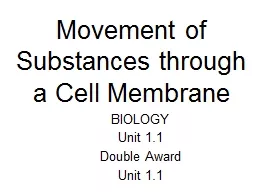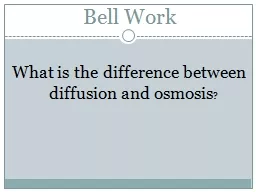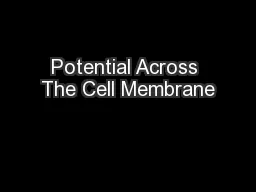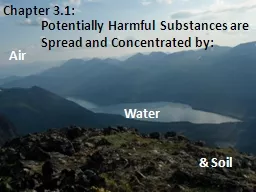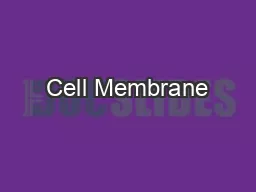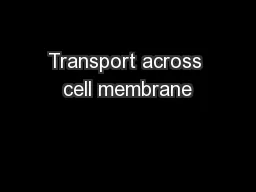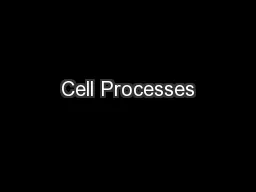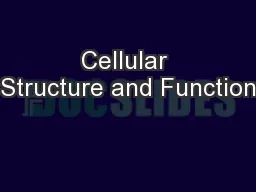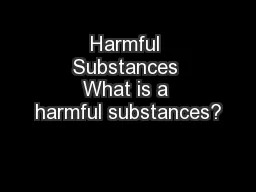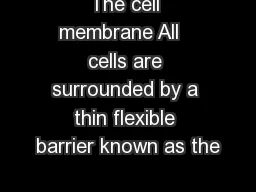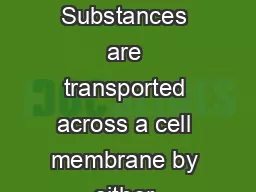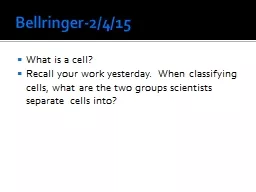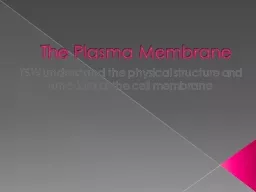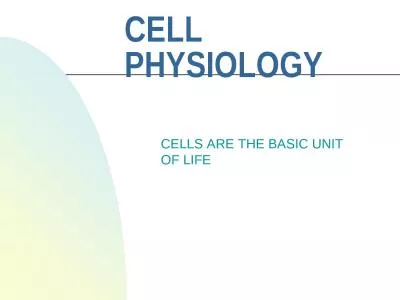PPT-Movement of Substances through a Cell Membrane
Author : brianna | Published Date : 2022-06-20
BIOLOGY Unit 11 Double Award Unit 11 How do s ubstances enter and leave c ells Molecules move quickly and at random from a region of high concentration to low
Presentation Embed Code
Download Presentation
Download Presentation The PPT/PDF document "Movement of Substances through a Cell Me..." is the property of its rightful owner. Permission is granted to download and print the materials on this website for personal, non-commercial use only, and to display it on your personal computer provided you do not modify the materials and that you retain all copyright notices contained in the materials. By downloading content from our website, you accept the terms of this agreement.
Movement of Substances through a Cell Membrane: Transcript
Download Rules Of Document
"Movement of Substances through a Cell Membrane"The content belongs to its owner. You may download and print it for personal use, without modification, and keep all copyright notices. By downloading, you agree to these terms.
Related Documents

